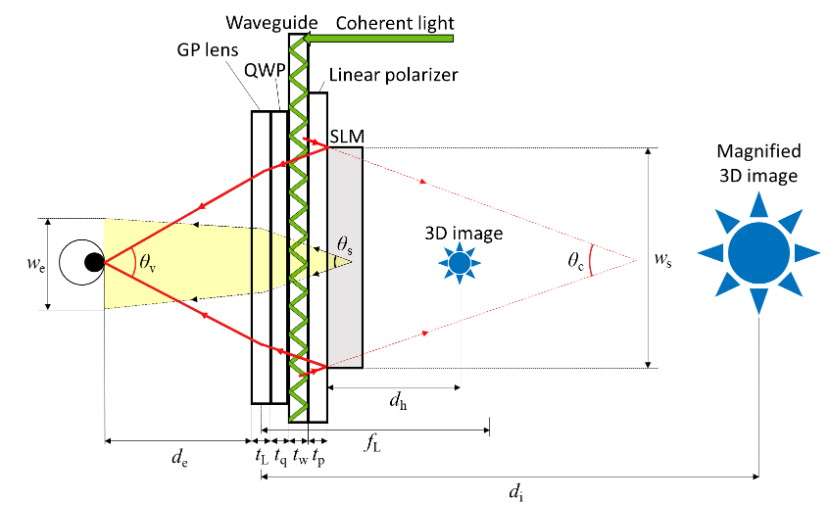Researchers have developed holographic glasses that could revolutionize virtual reality. Only 2.5 millimeters thick, they could pave the way for simple, lightweight and comfortable VR glasses that can be worn all day.
You will also be interested
[EN VIDÉO] Planète Progrès: 3D printed car, holographic glasses and smart helmet Technology is taking more and more space in our lives. It affects all areas. Whether in health, transport, energy, environmental protection and many other sectors, it is omnipresent. In partnership with EDF Pulse, Futura-Sciences brings together for you through Planète Progrès a concentrate of these advances in video.
One of the main flaws of current virtual reality headsets is the size of the devices. They are bulky and heavy, which makes them quite uncomfortable to wear for long periods of time. Most use lentils of Fresnel, which impose a minimum distance between theeye and screen and suffer fromchromatic aberrations. More and more manufacturers are turning to pancake optics. This allows the creation of thinner devices, but the image is less bright and the field of view more reduced.
Nvidia has collaborated with researchers at Stanford University to create a third option that could revolutionize VR headsets and allow them to be worn comfortably all day long. They created glasses holographic with a thickness of only 2.5 millimeters and which weigh only 60 grams.
A hologram in front of each eye
Their system is composed of a waveguide, a spatial modulator of light (SLM) and what could be translated as a “geometric phase lens” (geometric phase lens). It generates three-dimensional holograms in front of each eye, but it can also display two-dimensional images for stereoscopic viewing such as virtual reality headsets current.
The prototype looks like simple glasses whose we would have changed glasses. It should be noted, however, that it contains only the display and nothing else, and for the moment has two large unsightly ribbons which are used to connect it to a computer. It only offers a field of view of 22.8 degrees. However, the researchers indicate that it would be quite simple to reach 120 degrees (like current helmets). This technology seems very promising but it is only in its infancy. It will certainly take a few years and several generations of helmets before it hits the market.
Interested in what you just read?

